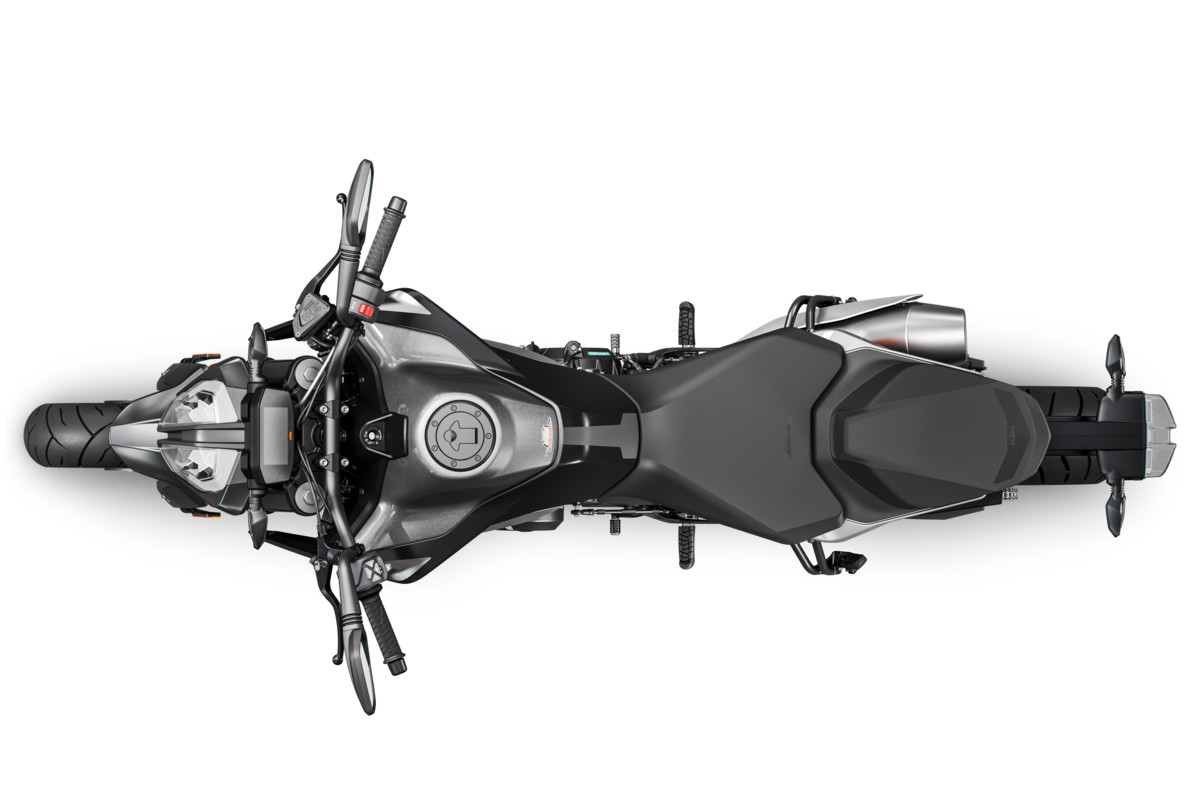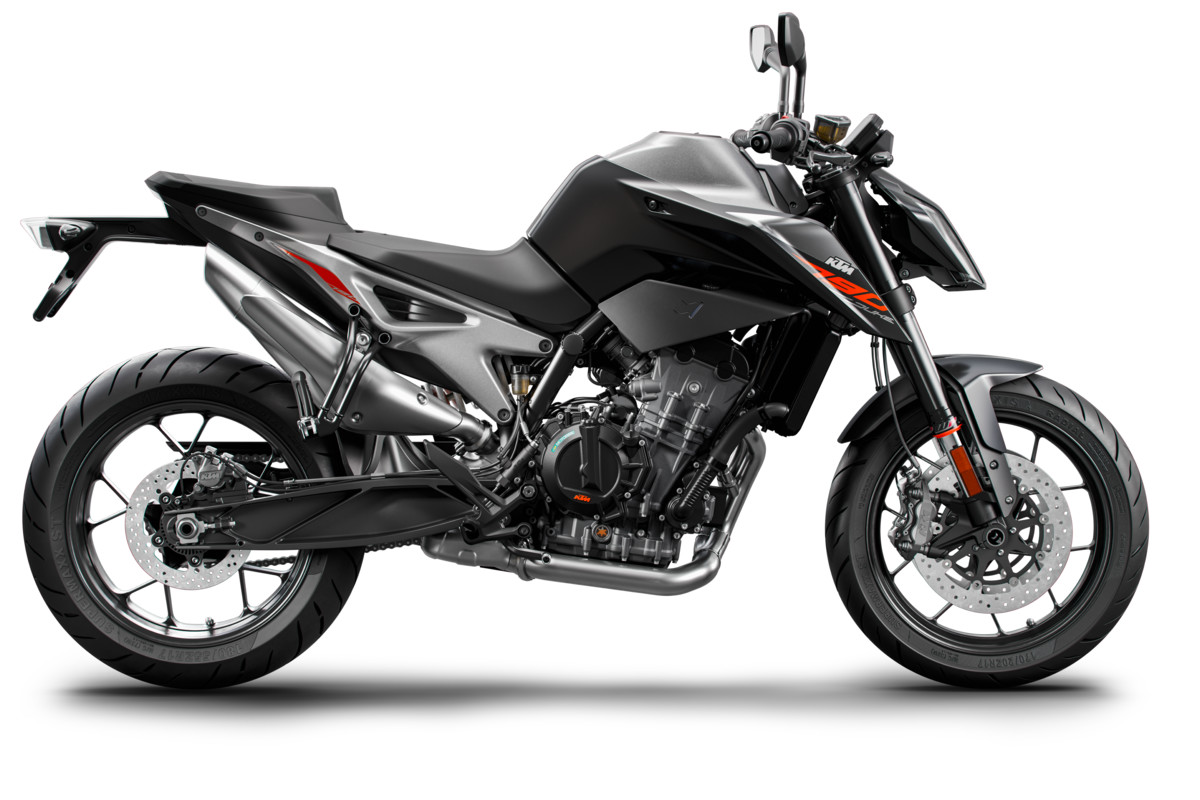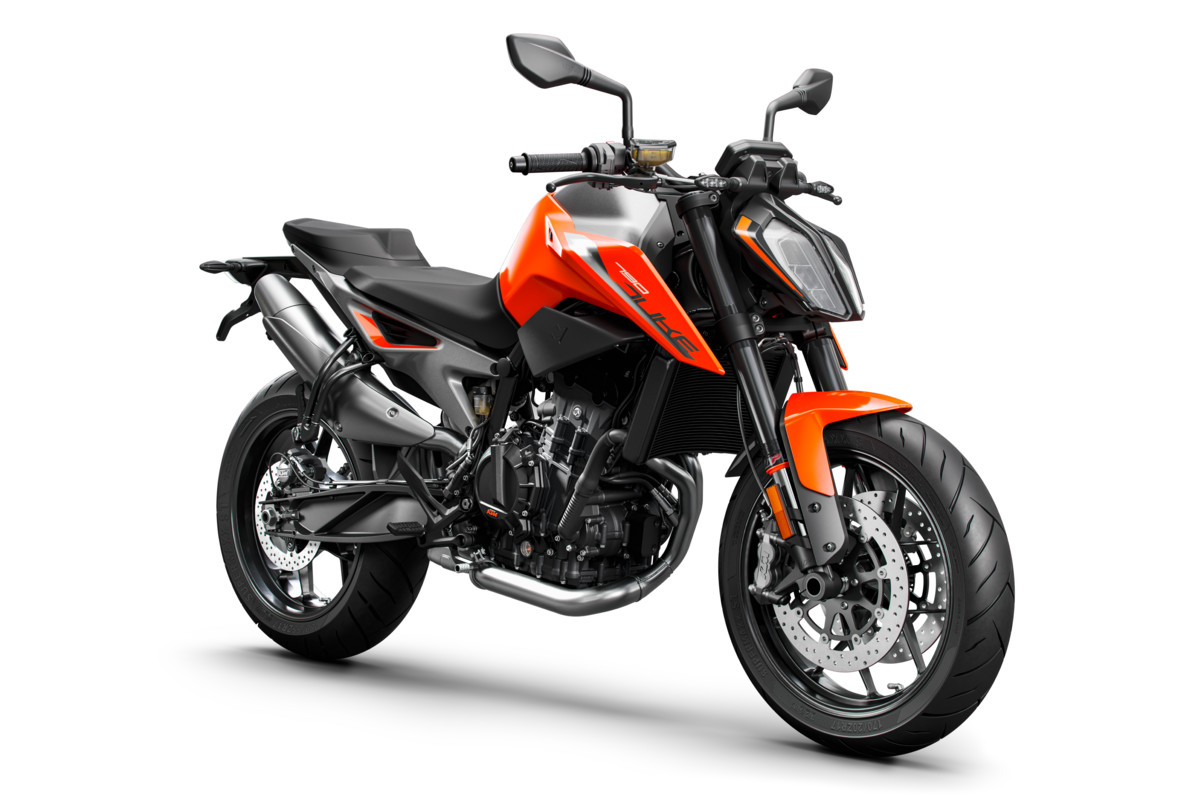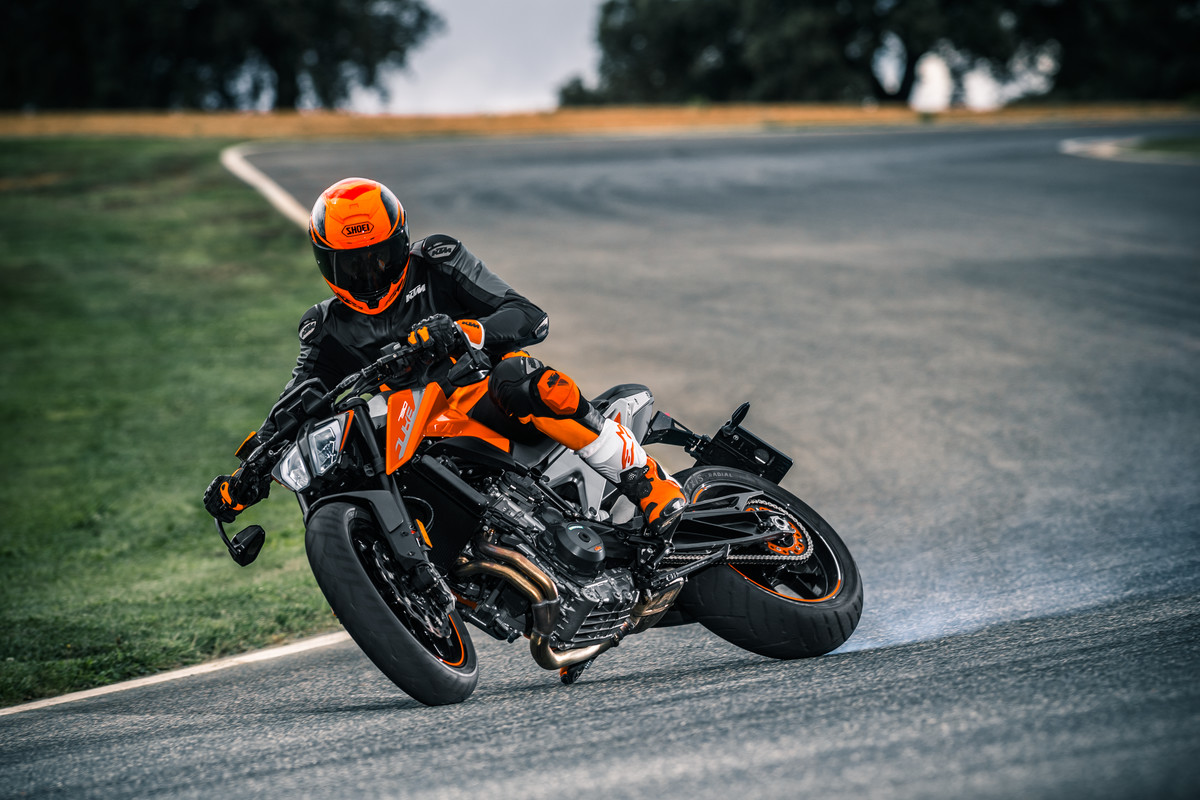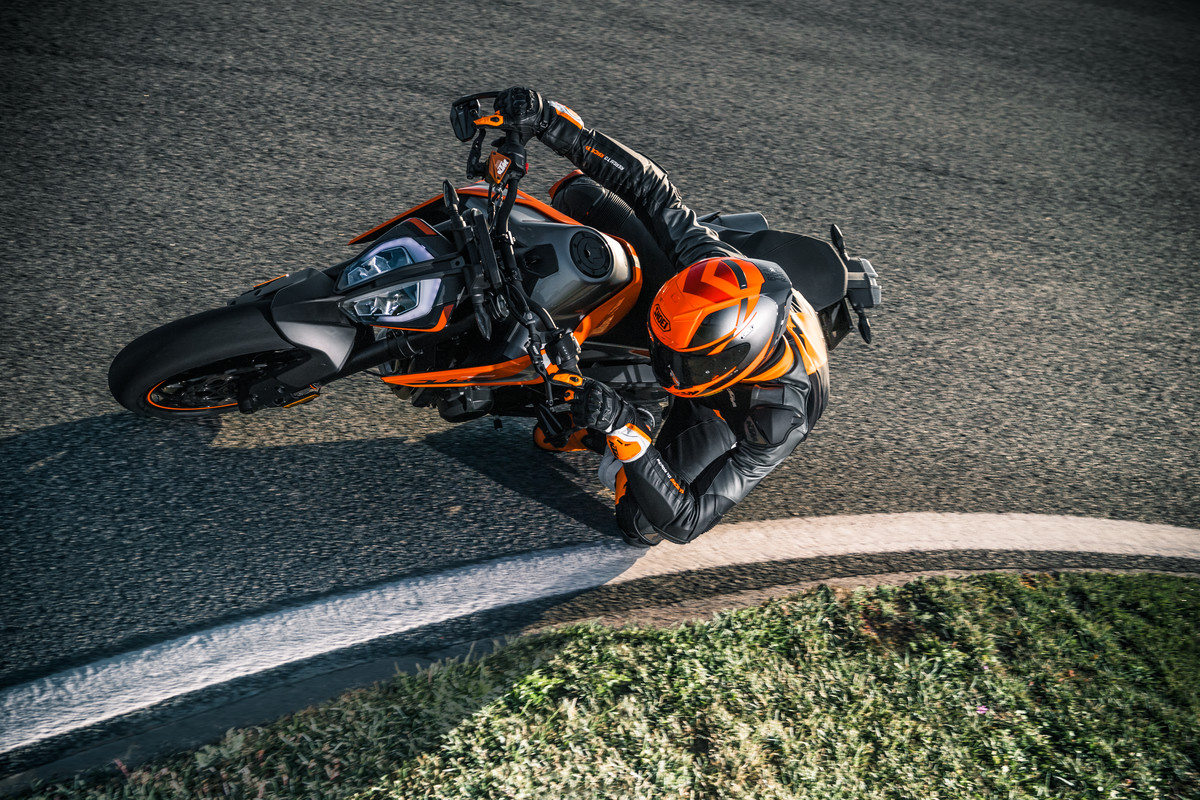Things are heating up as KTM India readies the much-awaited middleweight scalpel for its India launch next month!
After a great initial run for the 125 Duke launched early this year, the KTM-Bajaj venture is now gearing up to bring in more exciting new machines from KTM’s global lineup. The next big news is the KTM 790 Duke, scheduled for launch in April 2019. Next month. Yes, that early. An all-new advanced assembly line is being set up entirely as per KTM standards and a sizeable team of KTM officials from Austria will be supervising and managing the operation for the same at Bajaj Auto’s Akurdi plant.
An internal company source confirmed that the 790 Duke will be a CKD unit with certain parts being localised. Components like the lights will come from Minda, and indicators, wiring and other parts will be locally sourced, too. Major components comprising engine, chassis, and suspensions will be directly imported into the country. The first 100 units of the bike have already arrived at the Akurdi plant for R&D and tooling as well as service training purposes. The plant is said to begin operations by mid-April and the launch has been planned soon after that.
The KTM 790 Duke dubbed ‘The Scalpel’ is powered by KTM’s all-new 799cc LC8c parallel-twin engine (the small ‘c’ denoting ‘compact’ to distinguish it from KTM’s previous LC8 V-twin engine family). With 105 horses on tap at 9000 rpm and 8.8 kgm of torque coming in at 8000 rpm, the 790 Duke is a middleweight streetfighter machine going straight against the likes of the Triumph Street Triple and the Kawasaki Z900.
Boasting a 75-degree offset crank, the all-new engine gets two counter-balancer shafts, one for the crank and one for the camshaft, to ease out vibrations coming from a big capacity twin. It was an essential goal for KTM to minimise engine vibrations since the compact unit acts as a stressed member for the chassis.
The high-pressure cast crankcases are split horizontally, unlike the conventional vertical split, to keep the size and dimension of the engine smaller. As a result, the motor weighs roughly about 50 kg, and in its form isn’t much bigger than the 390 Duke’s single cylinder motor.
Power is transmitted to the rear wheel via the six-speed gearbox that gets a two-way quickshift assist for smooth and precise gearshifts. The motor is packaged inside a powder-coated chromium-molybdenum steel frame, again designed to be compact and lightweight. The bolt-on rear subframe is made completely out of aluminium which also plays a significant role in the bike’s design, making for a clean and uncluttered look while playing host to the under-seat air box.
Suspension units come from WP for both ends, though the 43 mm USD suspension up front gets no adjustment settings. The rear monoshock unit is mounted directly on the swingarm instead of a linkage system and is adjustable for preload only. The travel on the front suspension is 140 mm, while the rear suspension gets a healthier 150 mm of movement. The open cartridge front forks handle compression duties on one pipe and rebound on the other for smoother damping. Adding to that, there is a steering damper that comes as stock equipment on the motorcycle. Brakes come from J.Juan which is a Spanish company providing braking systems to Moto2 teams. No ByBre components on this one, then. Tyres have been specifically designed for the 790 Duke by Maxxis Tyres, with development stretching over two years.
While most of its competition does boast these engineering accomplishments, one place where the 790 Duke blows them away is its electronics package. It gets a two-way quick-shifter that can be turned off. The ride-by-wire tech allows it to exploit the full potential of the Bosch IMU engine management system with four rider modes – sport, street, rain and a fully customisable track mode. There is a five-way rollover sensor feeding constant information to the engine management unit for precise inputs to the traction control system. There is cornering ABS, wheelie control and motor slip regulation which is an electronic assisted system helping the mechanical slipper clutch to even further reduce rear-wheel hop under sudden deceleration.
In the track mode, traction control can be set to one of nine levels to determine how much intrusion one would like or it can be fully turned off. The track mode also gets launch control for racetrack shenanigans. And of course there is the supermoto mode where one can fully turn off ABS on the rear wheel. The riding position, too, is customisable with four different settings to move the handlebar nearer or further away as suited to the rider.
This is sure is going to be one cracker of a machine to hit our shores in 2019. The scalpel has impressed several motorcycle enthusiasts the world over and in the hands of Chris Fillmore it also won the 2018 Pikes Peak Hill Climb, with little or no mods to the engine and chassis. It is a proven machine already, but the big question remains, ‘How much do we pay for it here in India?’
With the Triumph Street Triple RS crossing double digits in lakhs, only the Kawasaki Z900 remains in the sub-10-lakh bracket. But pricing and value for money has always been KTM India’s forte and they sure do not wish to change that with the 790 Duke.
Our sources tell us that the biggest Duke for India will get an introductory ex-showroom price in the region of Rs 6.5 lakh, which means on-road prices will not exceed 9 lakhs in most states! Although said price is unconfirmed as no formal word is out yet, we believe KTM India will continue to keep their pricing game on point. Here’s hoping KTM cuts deep with the scalpel!
Photos by KTM










